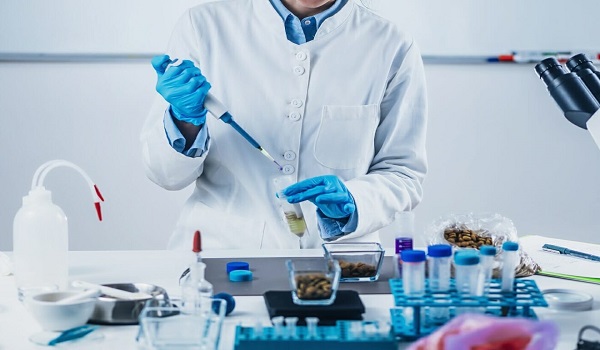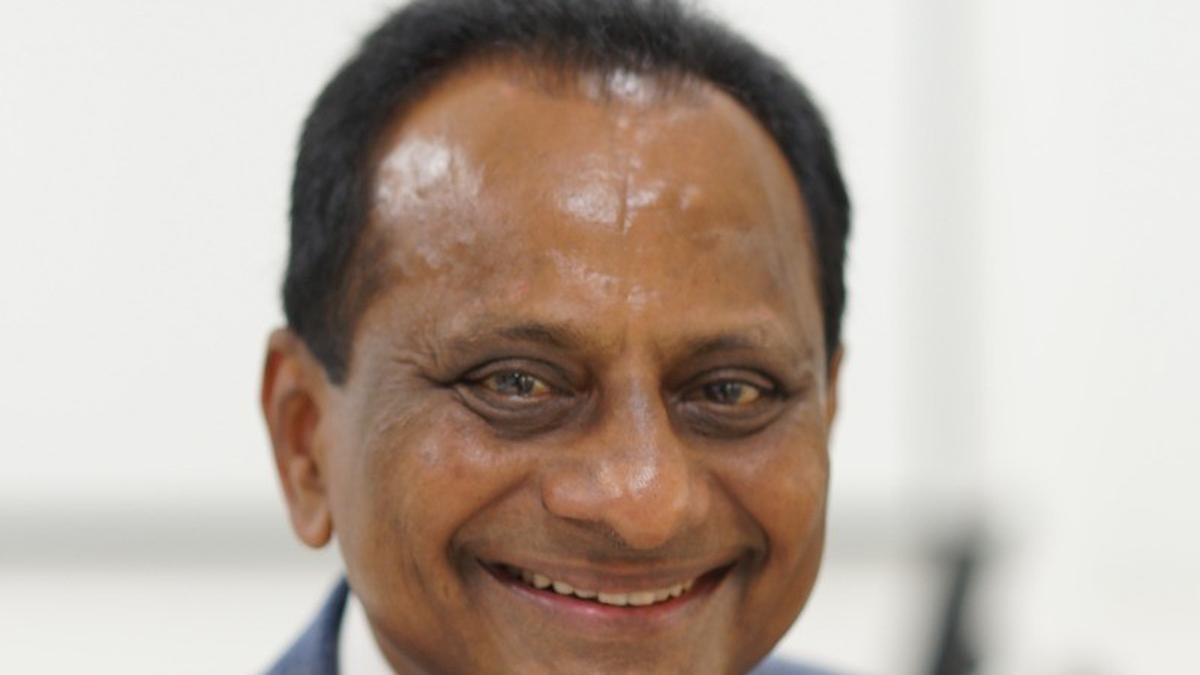
Food is fuel for the body. In most people, islet cells in the pancreas secrete insulin that converts food into usable energy. But in those with Type 1 diabetes, the immune system attacks and destroys the insulin-making cells, leaving people dependent on daily injections or pumps for survival. There is no cure for Type 1 diabetes. And unlike Type 2, it cannot be reversed or pushed into remission. Type 1 diabetes is for life. A new breakthrough could change that.
Doctors at Uppsala University in Sweden, for the first time, got a 42-year-old man with Type 1 diabetes to produce his own insulin through transplanted islet cells that were kept ‘hidden’ from the immune system through smart gene-editing tricks. People with Type 1 diabetes have received islet transplants before but they’ve needed a lifelong course of immunosuppressants to keep the body from destroying the donated cells. The drugs work, except for one key problem they make the patient more vulnerable to infections and disease.
But in the 42-year-old patient who was given gene-edited islet cells, no rejection or immune attack occurred for over 12 weeks, which was the duration of the experiment. The findings were published in August in The New England Journal of Medicine.
“The aim is freedom and flexibility from insulin injections,” said Dr Shareen Forbes, professor of diabetic medicine at the University of Edinburgh and lead physician of the islet transplant programme in Scotland.
In the UK, the National Health Service has offered islet transplants (without gene-edited cells) to a very select group of patients with severe, life-threatening hypoglycemia (sudden and extreme blood sugar lows) or those undergoing kidney transplants due to Type 1 complications. Forbes was not part of the Swedish study, but said, “if immunosuppression is eliminated, such a procedure would reduce risk of cancer and, of course, infections”.
“This opens up the field and would mean that the treatment, in time, could be offered potentially to children,” Dr Forbes said. Type 1 diabetes can occur at any age, but it has been commonly found in children. The 42-year-old man monitored by the Swedish team was diagnosed at age five.
For the experiment, he was given 17 injections of about 80 million insulin-producing islet cells donated by a 60-year-old donor with a matching blood type. The cells were genetically edited using CRISPR to disable critical immune-recognition parts and add CD47, a protein that signals the body not to attack foreign cells. The stealth insertion worked: without any anti-rejection medication, these gene-edited cells survived, produced insulin (measured via C-peptide tests) and did not trigger any immune attack for the study duration, while unedited cells were destroyed by the body’s defences. Imaging confirmed the cells remained at the injection sites, and the patient experienced only four mild, non-serious side effects, the doctors said.
The next step, the doctors added, would be scaling up the dose for more efficacy tests. With their patient, follow-ups over the next six months revealed no signs of autoimmunity.
“For our first-in-human study, the dose we were allowed to transplant was too low (7% of a curing dose) to provide a meaningful effect on metabolic control for the subject. For effect on metabolic control, the dose needs to be increased. This is commonly the second step in pharmaceutical clinical trials for studies of efficacy,” said Professor Per-Ola Carlsson from Uppsala University, the lead author of the study.
While the study points to a promising direction, a full cure is still a long way ahead. Since donor organs are scarce, stem cell-derived cells could provide an unlimited supply, making the therapy accessible to many. Carlsson said this would be the Swedish team’s next step: repeating the experiment with stem cells that have been transformed into insulin-producing cells with the same genetic modifications. “This will allow dose escalation towards a curing therapy,” he told TOI.
Cell biologist professor Nagaraj Balasubramaniam, from the Indian Institute of Science Education and Research (IISER), Pune, highlighted the importance of the study. “This isn’t a full-fledged clinical trial with many patients but it is quite interesting that this procedure could be done and held for 12 weeks of testing. The estimated number of individuals with diabetes in India is now almost 101 million (over 10 crore). Long-term assessment is clearly needed to establish this protocol. More patients also need to be treated to look at the impact and how reliably this approach performs in multiple individuals,” Balasubramaniam said.
Source : Timesofindia





